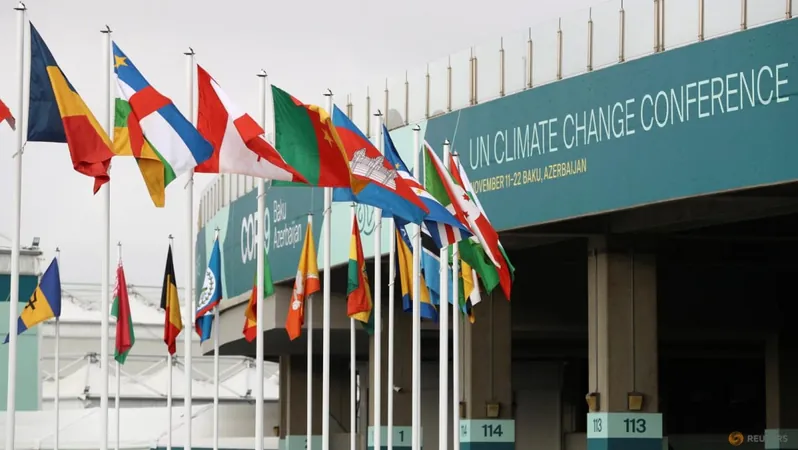
New Research Reveals Cost-Effectiveness of Maternal RSV Vaccination and Nirsevimab for Infants
2024-11-25
Author: Arjun
Introduction
In a groundbreaking study published on November 25, 2024, in *Pediatrics*, researchers have demonstrated that maternal vaccination against respiratory syncytial virus (RSV) and the administration of nirsevimab in infants are not only effective but also cost-efficient strategies in combating this common yet dangerous virus.
Study on Maternal RSV Vaccination
Led by Dr. David W. Hutton from the University of Michigan, the first study analyzed the potential impact of seasonal RSVpreF vaccination in pregnant women across the annual U.S. birth cohort. The findings showed that year-round vaccination could prevent a staggering 45,693 outpatient visits, 15,866 emergency department visits, and 7,571 hospitalizations in infants each year. The cost associated with this vaccination strategy was calculated to be $396,280 per quality-adjusted life-year (QALY) saved, which significantly improved to $163,513 per QALY when vaccination occurs specifically from September to January. Variability in these outcomes was observed, indicating that costs could range from being cost-saving to as high as $800,000 per QALY depending on the parameters adjusted in the study.
Study on Nirsevimab Administration
The second study, also spearheaded by Hutton and his team, focused on the impact of nirsevimab administration for infants aged 0 to 19 months during a single RSV season. The simulation suggested that if half of the U.S. birth cohort received nirsevimab, the healthcare system could avoid an impressive 107,253 outpatient visits, 38,204 emergency visits, and 14,341 hospitalizations annually. The estimated cost-effectiveness ratio for nirsevimab stood at $153,517 per QALY saved. Notably, for high-risk children facing a tenfold increased chance of hospitalization, the cost per QALY saved rose to $308,468.
Expert Insights
Dr. Sean T. O'Leary from the University of Colorado School of Medicine emphasized in his editorial that meticulous management of ordering, inventory, and billing for these vaccines is crucial for their successful implementation in healthcare settings. His insights suggest that if these vaccination programs are executed effectively on a broader scale, we could witness a significant reduction in the burden imposed by RSV, a pathogen known for its serious complications in infants.
Conclusion
As RSV season approaches, the implications of these studies highlight the urgency and importance of adopting preventive measures through maternal vaccination and nirsevimab treatment. The potential reduction in healthcare costs and improved health outcomes could reshape the landscape of infant respiratory health, making these cost-effective strategies more than just viable options—they could be game-changers. Stay tuned as we follow the developments in RSV prevention strategies that could save thousands of lives and millions in healthcare costs!

 Brasil (PT)
Brasil (PT)
 Canada (EN)
Canada (EN)
 Chile (ES)
Chile (ES)
 España (ES)
España (ES)
 France (FR)
France (FR)
 Hong Kong (EN)
Hong Kong (EN)
 Italia (IT)
Italia (IT)
 日本 (JA)
日本 (JA)
 Magyarország (HU)
Magyarország (HU)
 Norge (NO)
Norge (NO)
 Polska (PL)
Polska (PL)
 Schweiz (DE)
Schweiz (DE)
 Singapore (EN)
Singapore (EN)
 Sverige (SV)
Sverige (SV)
 Suomi (FI)
Suomi (FI)
 Türkiye (TR)
Türkiye (TR)